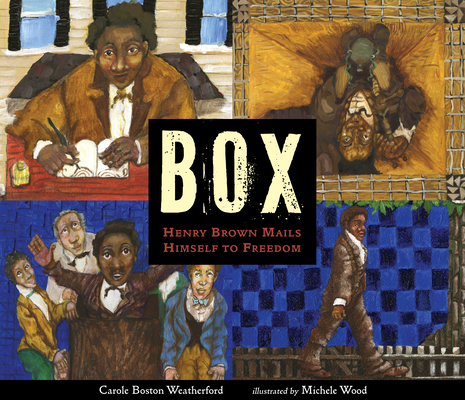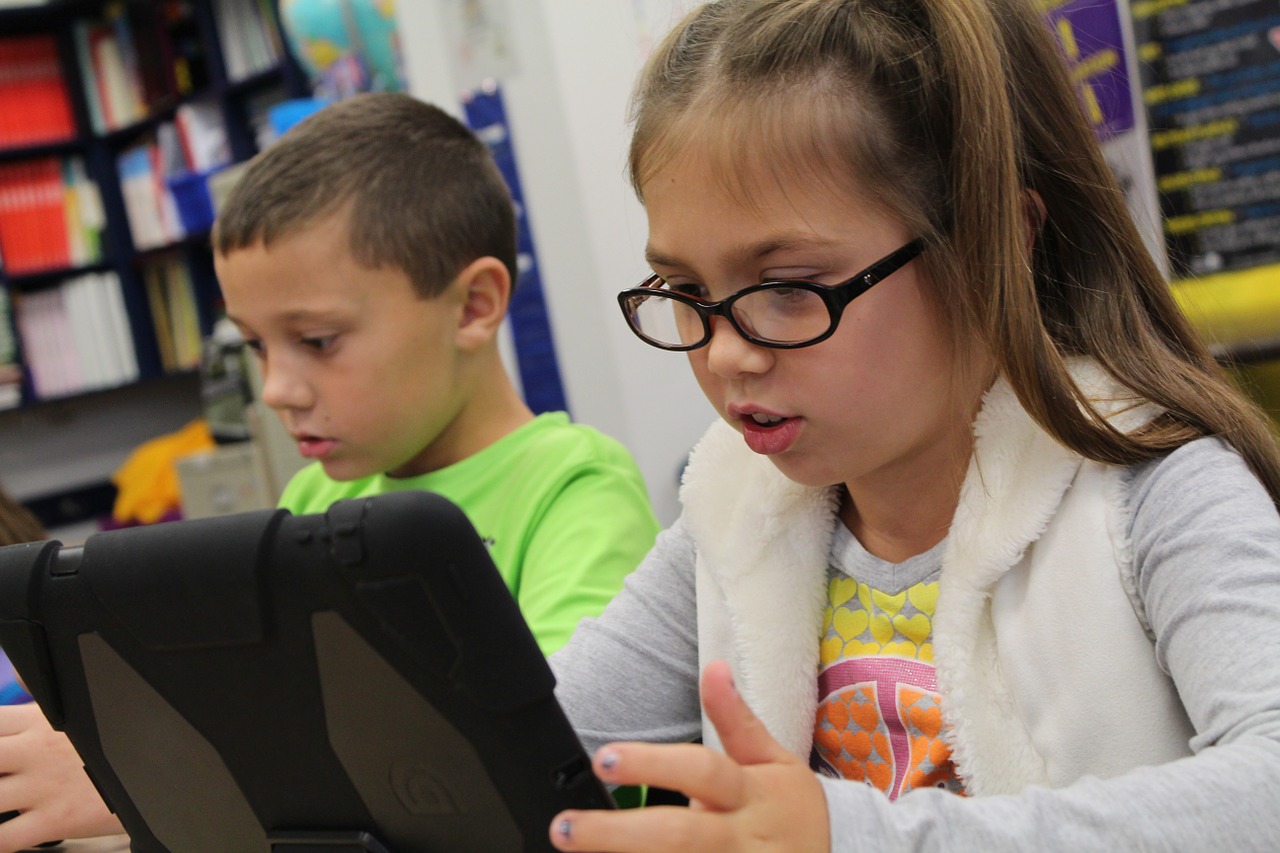
Texas state representative, Matt Krause has created a list of 850 books that he would like removed from all of the schools in in the state. The book list contains some of the top books that are written by authors of color, LGBTQ authors, or those who are supportive of diversity. The books also have characters who are diverse in a myriad of ways that Krause finds troubling due to them being items that “might make students feel discomfort, guilt, anguish, or any other form of psychological distress because of their race or sex.”
I am so livid about this attack on libraries, whether they be school or public libraries. And public libraries are being targeted as well due to the right wing’s efforts to remove books about what they refer to as “Critical Race Theory” and are using as a wide ranging attack on any books that speak to diversity, human rights, refugee and immigrant experiences, etc.
Make no mistake, there are librarians who will start to think differently about what is in their collections, hoping to avoid the attacks. There are librarians who may also feel more comfortable with these books not being in their collections anyway.
But the bulk of librarians will stand strong and fight back. We will retain these books and more, stand with our diverse communities who deserve to see themselves represented in children’s and teen books. We will do what we have done for decades, defend the right to read for all ages.
Because we all need to remember that librarians can be heroes too, and not just in story times when wearing a cape.
































